
Haghartsin Monastery: Armenia's Serene Sanctuary
Discover the tranquil beauty and rich history of Haghartsin Monastery in Armenia, a serene sanctuary nestled in lush forests and surrounded by breathtaking landscapes.
Nestled within the lush forests of the Tavush Province, the Haghartsin Monastery offers a peaceful retreat for travelers seeking both spiritual and natural beauty. The monastery, dating back to the 10th century, is a prime example of Armenian architecture, blending harmoniously with its surrounding landscape. Visitors can wander through the ancient stone structures, which include the main church of St. Astvatsatsin, the smaller churches of St. Gregory and St. Stepanos, and the refectory, all adorned with intricate carvings and frescoes. The monastery complex is not just a place of worship but also a historical treasure trove. The serene atmosphere is enhanced by the sounds of nature, with birds chirping and the rustling of leaves, making it an ideal spot for meditation and reflection. The surrounding forest and mountains provide numerous hiking opportunities for those looking to explore further, with trails leading to breathtaking viewpoints and hidden waterfalls. Haghartsin Monastery is not just about its architectural marvels and natural beauty; it also offers a glimpse into the rich cultural and religious history of Armenia. The monastery has been a center of learning and spiritual growth for centuries, attracting scholars, monks, and pilgrims from all over the world. Today, it continues to be a place of pilgrimage and a symbol of Armenian heritage, inviting visitors to step back in time and experience the tranquility and reverence of this sacred site.
Local tips in Haghartsin Monastery
- Visit early in the morning to avoid crowds and experience the monastery's peaceful atmosphere.
- Wear comfortable walking shoes, as the terrain around the monastery can be uneven.
- Bring a picnic to enjoy in the scenic surroundings after exploring the monastery.
- Check the weather forecast and dress in layers, as the temperature can vary in the forested area.
- Hire a local guide to learn more about the history and significance of the monastery's structures and artwork.
Haghartsin Monastery: Armenia's Serene Sanctuary
Nestled within the lush forests of the Tavush Province, the Haghartsin Monastery offers a peaceful retreat for travelers seeking both spiritual and natural beauty. The monastery, dating back to the 10th century, is a prime example of Armenian architecture, blending harmoniously with its surrounding landscape. Visitors can wander through the ancient stone structures, which include the main church of St. Astvatsatsin, the smaller churches of St. Gregory and St. Stepanos, and the refectory, all adorned with intricate carvings and frescoes. The monastery complex is not just a place of worship but also a historical treasure trove. The serene atmosphere is enhanced by the sounds of nature, with birds chirping and the rustling of leaves, making it an ideal spot for meditation and reflection. The surrounding forest and mountains provide numerous hiking opportunities for those looking to explore further, with trails leading to breathtaking viewpoints and hidden waterfalls. Haghartsin Monastery is not just about its architectural marvels and natural beauty; it also offers a glimpse into the rich cultural and religious history of Armenia. The monastery has been a center of learning and spiritual growth for centuries, attracting scholars, monks, and pilgrims from all over the world. Today, it continues to be a place of pilgrimage and a symbol of Armenian heritage, inviting visitors to step back in time and experience the tranquility and reverence of this sacred site.
When is the best time to go to Haghartsin Monastery?
Iconic landmarks you can’t miss
Geghard Monastery
Discover the awe-inspiring Geghard Monastery, a UNESCO World Heritage site carved into rock, offering breathtaking views and a glimpse into Armenia's rich heritage.

Sevanavank
Explore the historical beauty of Sevanavank, a serene monastery overlooking the stunning Lake Sevan, rich in culture and breathtaking views.

Haghpat Monastery Complex
Explore the timeless beauty of Haghpat Monastery Complex, a UNESCO World Heritage Site in Armenia, showcasing stunning architecture and rich history.
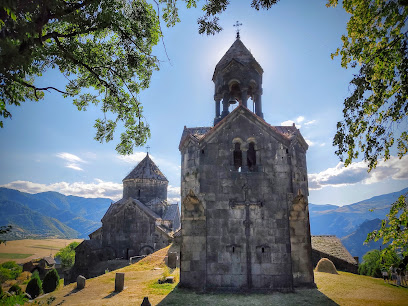
Dilijan National Park
Discover the breathtaking landscapes and rich biodiversity of Dilijan National Park, a natural gem in Armenia perfect for hiking, picnicking, and exploring.
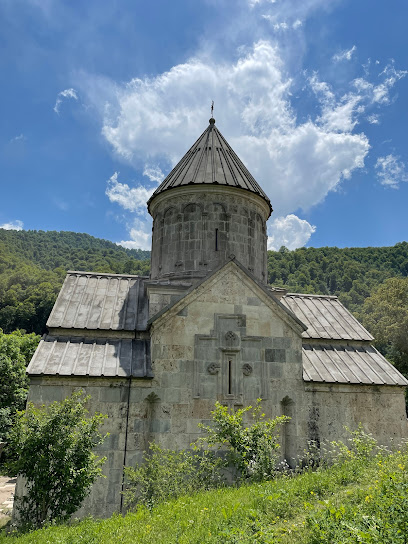
Saghmosavank
Discover the serene beauty and historical significance of Saghmosavank, an unmissable monastery in Armenia's stunning landscapes.
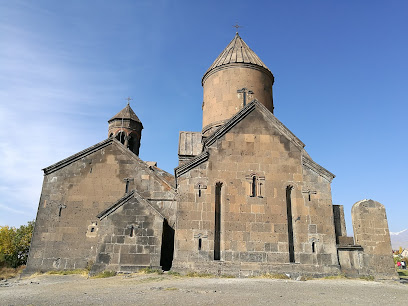
Goshavank Monastery
Discover the serene beauty and architectural splendor of Goshavank Monastery, a must-visit spiritual landmark in Armenia's breathtaking landscape.
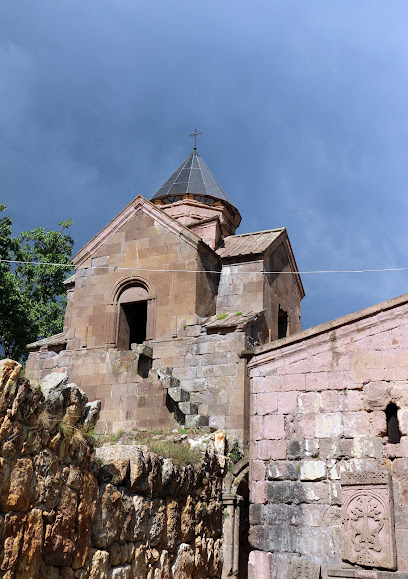
Kecharis Monastery
Discover Kecharis Monastery in Tsaghkadzor, a historical gem offering breathtaking architecture and serene landscapes in Armenia's stunning countryside.
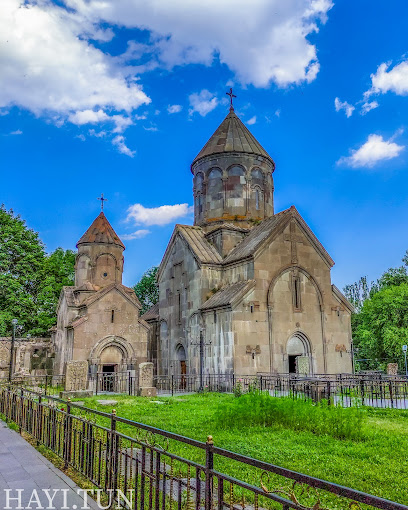
Mimino Statue
Explore the Mimino Statue in Dilijan, a cultural icon that celebrates Armenian heritage and the enchanting spirit of friendship.
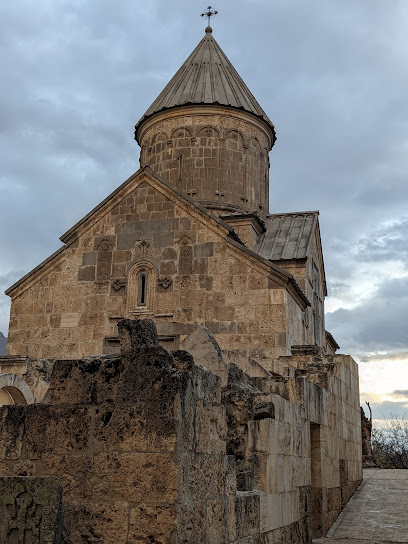
Sanahin Monastery Complex
Explore the serene beauty and historical significance of Sanahin Monastery Complex, a must-see destination in Armenia known for its stunning architecture and rich culture.
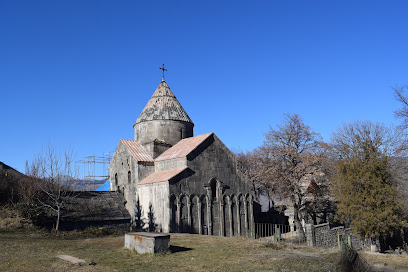
St. Astvatsatsin Kathoghike Church
Explore the majestic St. Astvatsatsin Kathoghike Church in Yerevan, a stunning example of Armenian architecture and a vital cultural landmark.
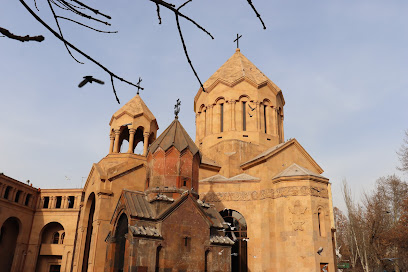
Parz Lich
Experience the tranquil beauty of Parz Lich, a hidden gem in Armenia's Dilijan region, perfect for nature lovers and adventure seekers.
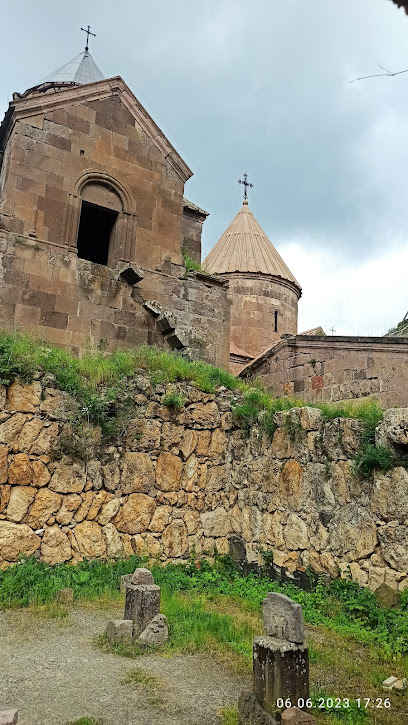
Akhtala Monastery Fortress
Discover the historical and architectural marvel of Akhtala Monastery Fortress, a serene retreat in Armenia's breathtaking landscapes.
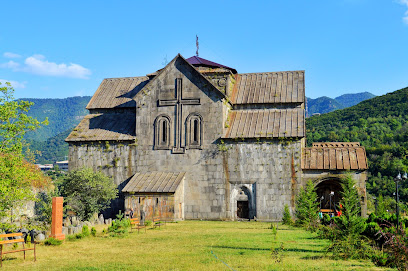
Makaravank Monastery Complex
Discover the serene beauty and rich history of Makaravank Monastery Complex, a captivating tourist attraction in Armenia.
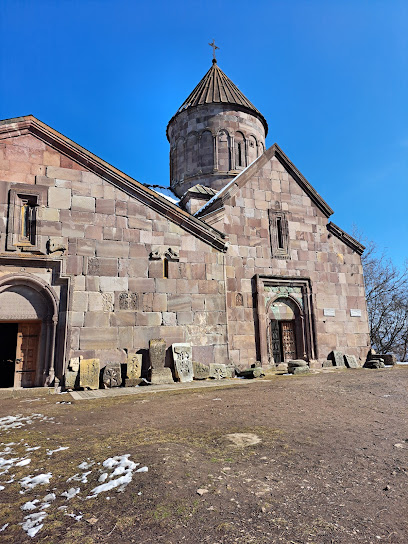
Harichavank
Discover the serene beauty of Harichavank Monastery, a hidden gem offering rich history and breathtaking landscapes in Armenia.
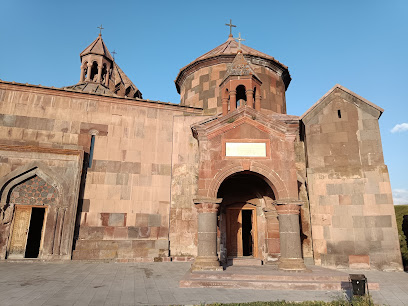
Matosavank Monastery
Discover the serene beauty and rich history of Matosavank Monastery, a tranquil retreat nestled in Armenia's lush landscapes.
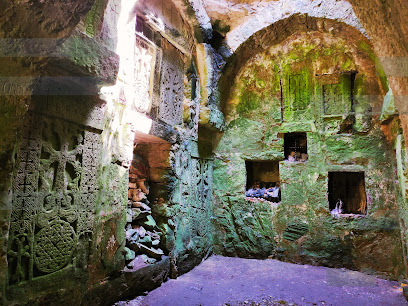
Unmissable attractions to see
Goshavank Monastery
Explore the breathtaking Goshavank Monastery, a historical gem in Armenia, known for its stunning architecture and serene surroundings.
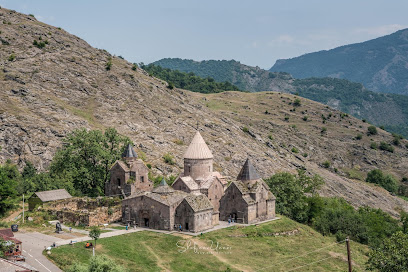
Makaravank Monastery Complex
Discover the Makaravank Monastery Complex, a harmonious blend of spirituality and natural beauty in the heart of Armenia's landscapes.
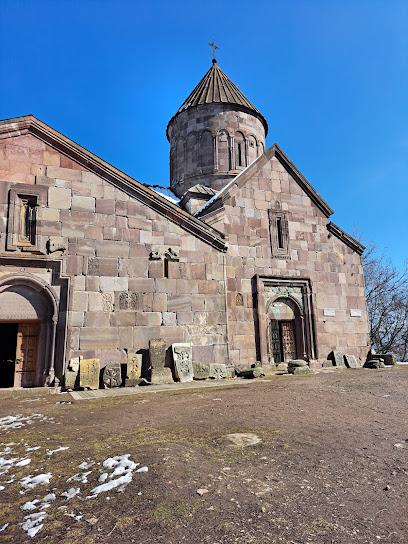
Matosavank Monastery
Explore the historical Matosavank Monastery in Armenia, a serene sanctuary rich in culture and breathtaking views.
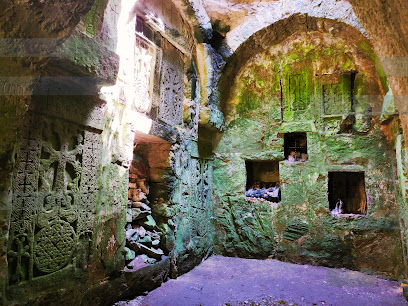
Jukhtakvank Monastery
Explore the historic Jukhtakvank Monastery in Dilijan, a serene haven surrounded by lush forests, rich in Armenian culture and stunning architecture.
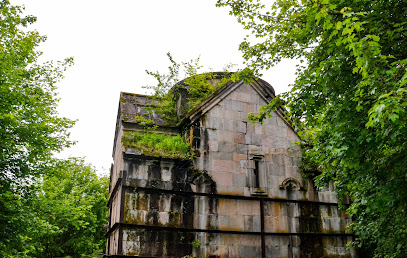
Dilijan Local Lore Museum and Art Gallery
Explore the Dilijan Local Lore Museum and Art Gallery, a cultural gem showcasing Armenia's rich artistic heritage in a serene setting.
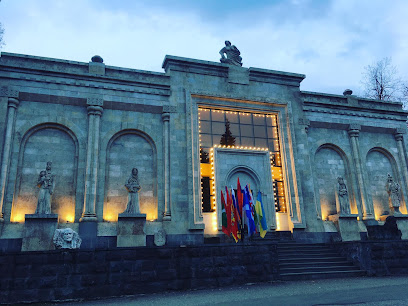
Եղջերուների Բազմացման Կենտրոն
Explore the magnificent Dilijan National Park, a serene paradise in Armenia known for its stunning landscapes and diverse wildlife.
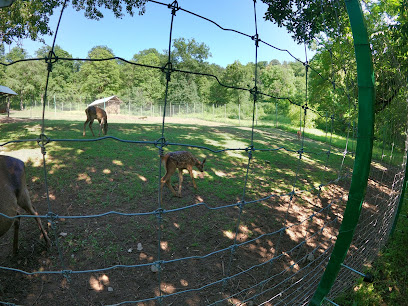
Aghavnavank Monastery
Discover the serene beauty and rich history of Aghavnavank Monastery, a captivating Armenian treasure nestled in tranquil hills.
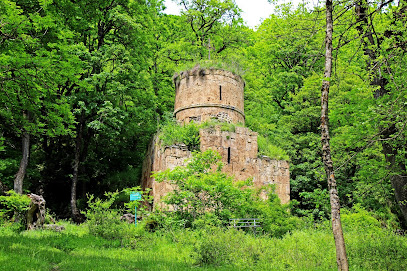
Lake Parz
Experience the stunning beauty and tranquility at Lake Parz, a must-visit destination in Dilijan for nature lovers and outdoor enthusiasts.
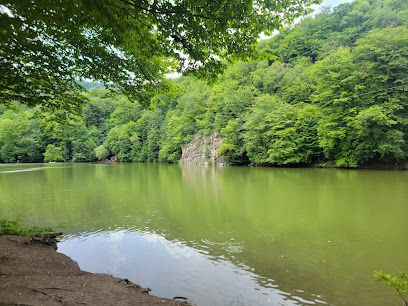
Դիմաց լեռ/Dimats Mountain
Discover the breathtaking trails and stunning views of Dimats Mountain, a hiker's paradise nestled in the heart of Dilijan, Armenia.
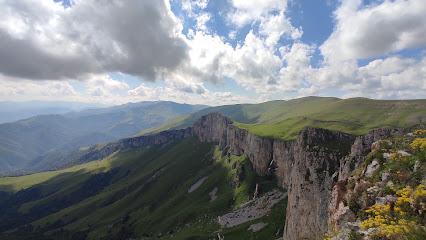
Թաքնված ջրվեժ
Discover the breathtaking beauty of Dilijan National Park, Armenia's natural gem featuring scenic hiking trails, lush forests, and stunning mountain vistas.
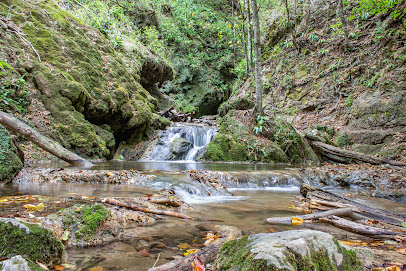
Dilijan’s Lake
Experience serene beauty and adventure at Dilijan's Lake, a picturesque natural attraction surrounded by lush forests in Armenia.

Fantastic view on Dilijan
Explore the stunning hiking area of Dilijan, where nature's beauty meets adventure in Armenia's lush landscapes.
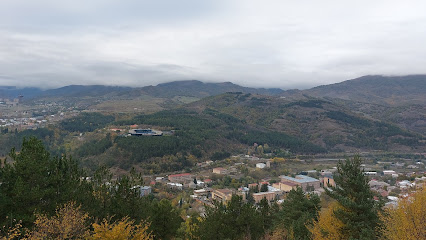
Водопад
Explore the stunning Waterfall of Dilijan, a serene natural attraction surrounded by lush forests, perfect for nature lovers and adventure seekers alike.
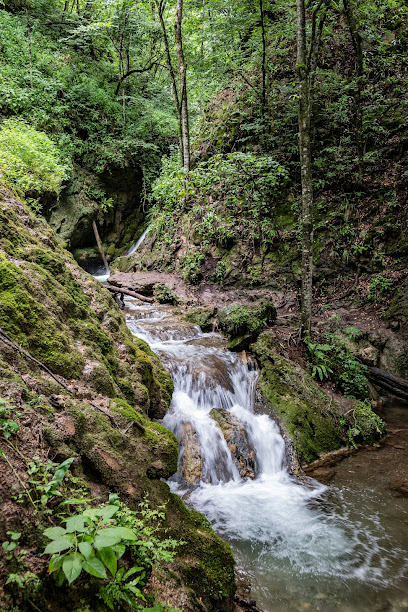
The view point
Discover the breathtaking landscapes and tranquil ambiance at The View Point in Dilijan, Armenia - a perfect escape for nature lovers and photographers.

Art Studio
Discover the vibrant art scene at the Art Studio in Dilijan, where creativity and culture intertwine in a unique artistic experience.
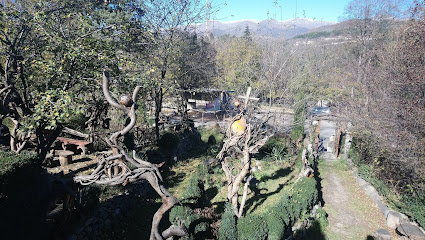
Essential places to dine
Lavash Restaurant
Experience the heart of Armenian cuisine at Lavash Restaurant in Yerevan - a delightful blend of tradition and taste.
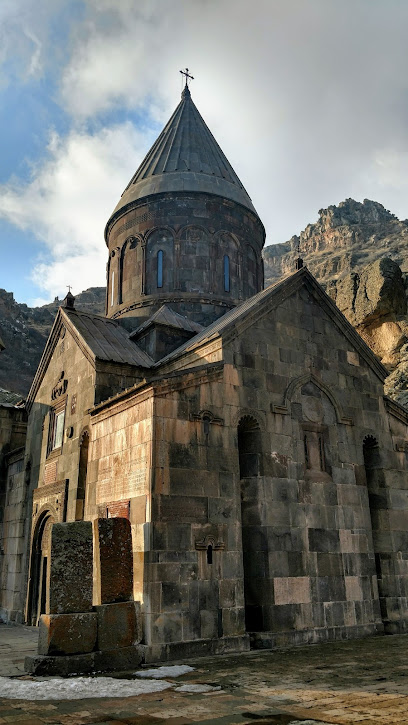
Tavern Yerevan
Savor the essence of Armenia at Tavern Yerevan - where tradition meets taste in every dish.
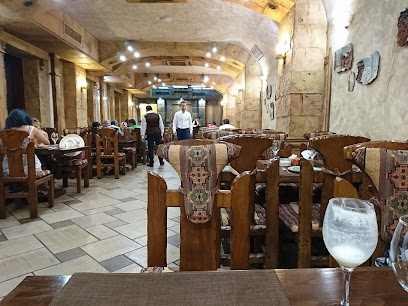
Sherep Restaurant ( Շերեփ ռեստորան )
Discover the exquisite blend of Armenian and European cuisines at Sherep Restaurant in Yerevan - a must-visit culinary gem.

Tavern Yerevan (Teryan) Պանդոկ Երևան (Տերյան)
Savor the essence of Armenia at Tavern Yerevan – where traditional flavors meet warm hospitality in the heart of Yerevan.
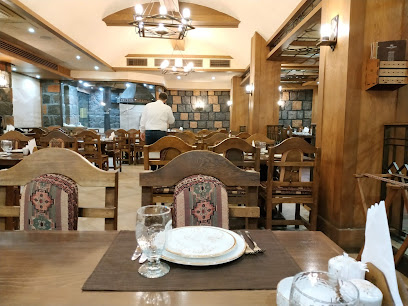
Tumanyan Khinkali
Explore the heart of Armenian cuisine at Tumanyan Khinkali – home to delectable dumplings and authentic local dishes in Yerevan.
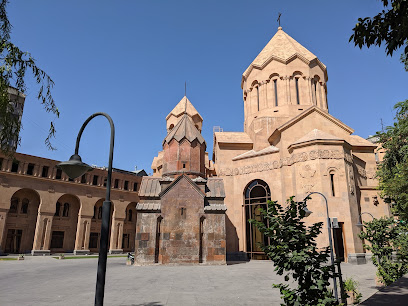
EL Garden
Discover authentic Armenian flavors and international cuisine at EL Garden in Yerevan—where every meal is a celebration of taste.
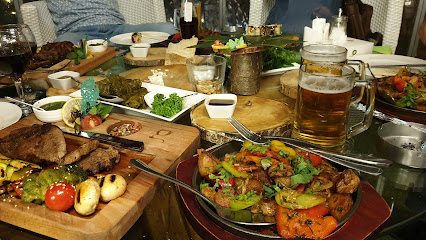
Gata Tavern
Discover authentic Armenian cuisine at Gata Tavern in Yerevan, where tradition meets taste in a cozy atmosphere.
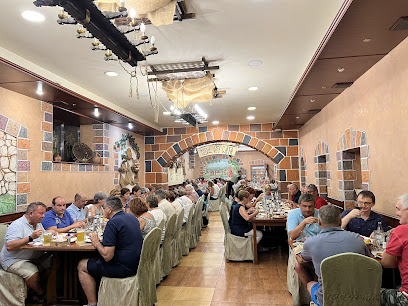
Katsin Restaurant
Experience the essence of Armenian cuisine fused with international flavors at Katsin Restaurant in Yerevan.

Mayrig Yerevan
Experience authentic Armenian cuisine at Mayrig Yerevan - where tradition meets taste in every delightful dish.
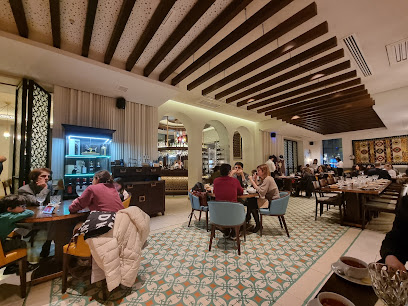
Vostan
Discover authentic Armenian flavors at Vostan in Yerevan – where every dish tells a story.
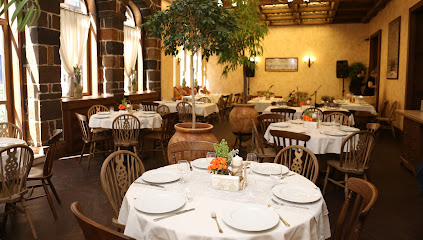
Carahunge Cafe & More
Experience the charm of Armenian cuisine at Carahunge Cafe & More in Dilijan—your go-to spot for delicious food and cozy ambiance.
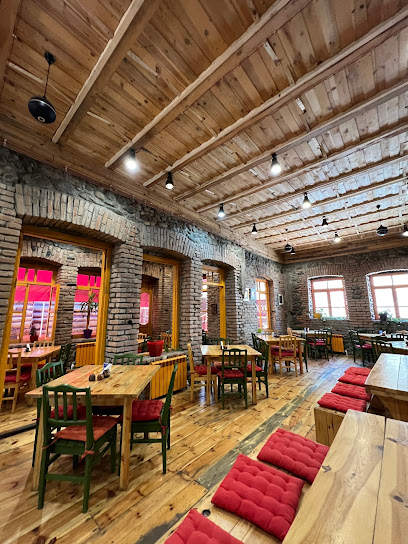
Lcher Restaurant
Discover Lcher Restaurant in Akunk - where traditional flavors meet modern dining in an inviting atmosphere.
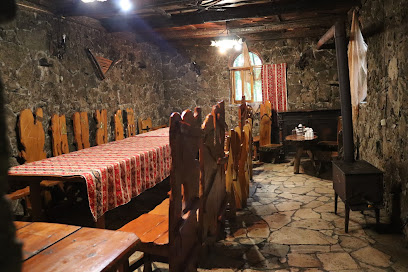
Cascade Royal
Experience the rich flavors of Armenia at Cascade Royal, where tradition meets modern elegance in Yerevan's vibrant dining scene.
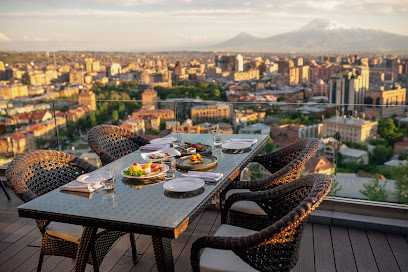
Getap
Discover authentic Armenian cuisine at Getap in Dilijan, where tradition meets modern culinary excellence amidst stunning natural beauty.
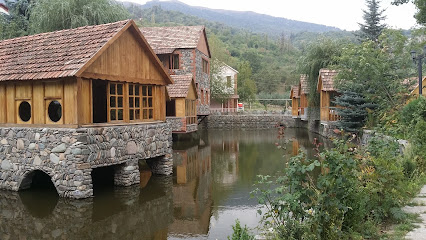
Garnitoun
Discover Garnitoun: A charming restaurant and inn in Garni offering authentic Armenian cuisine amidst stunning landscapes.
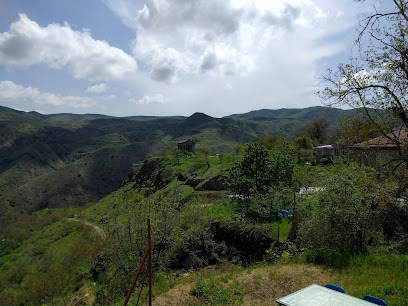
Markets, malls and hidden boutiques
Jukhtakvank Monastery
Explore the historic Jukhtakvank Monastery, a serene retreat in Dilijan, Armenia, surrounded by stunning natural landscapes and rich cultural heritage.
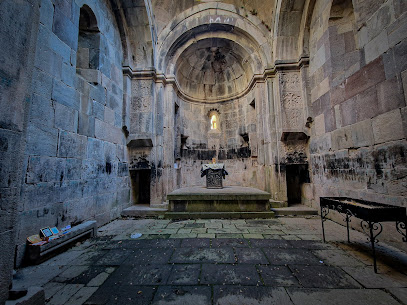
Haghartsin Monastery Complex
Discover the Haghartsin Monastery Complex, an architectural gem in Armenia, offering breathtaking views and a deep connection to the rich spiritual heritage.
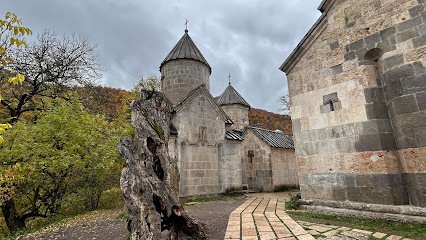
Haghartsin Gata
Discover Haghartsin Gata in Teghut: A bakery offering authentic Armenian pastries and breads, perfect for sweet indulgence and local flavor.
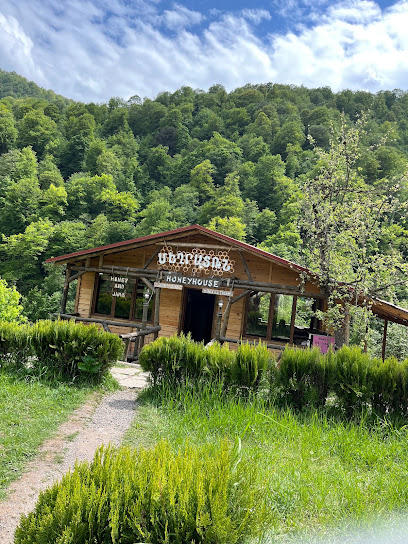
Դիմաց լեռ/Dimats Mountain
Discover the unspoiled beauty of Dimats Mountain, a hiker's paradise in Dilijan, Armenia, where nature meets adventure amidst breathtaking landscapes.
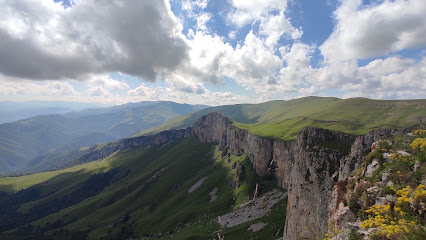
Թաքնված ջրվեժ
Explore the Hidden Waterfall in Dilijan, a serene hiking area offering stunning views and tranquil nature experiences in the heart of Armenia.
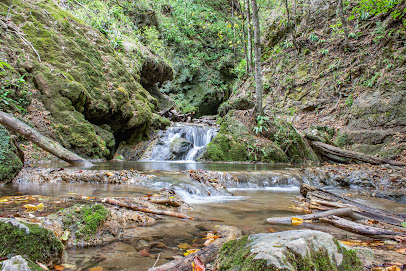
Nrani
Explore the essence of Armenian culture at Nrani, Dilijan's premier souvenir store, offering authentic handcrafted treasures and local artistry.
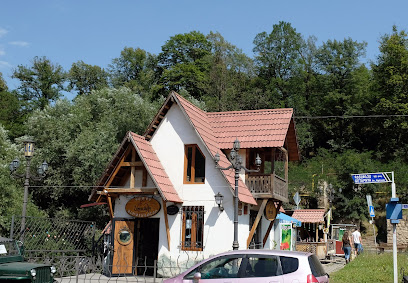
Armenian Coins
Explore Armenia's rich heritage through unique coins and handcrafted souvenirs at Armenian Coins in Yerevan.
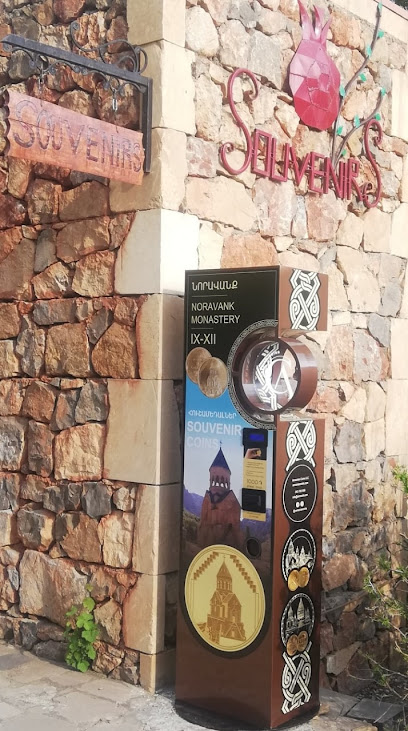
Unique
Discover Unique Boutique in Yerevan for an exquisite collection of Armenian handicrafts and modern designs reflecting the country's rich cultural heritage.

Essential bars & hidden hideouts
Calumet Ethnic Lounge Bar
Experience the vibrant culture and nightlife of Yerevan at Calumet Ethnic Lounge Bar, where every sip tells a story.
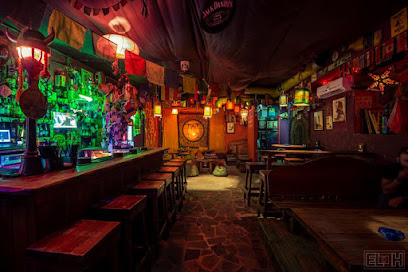
Parz Lich
Experience the natural tranquility of Parz Lich, a beautiful recreational center in Dilijan, Armenia, perfect for outdoor adventures and relaxation.
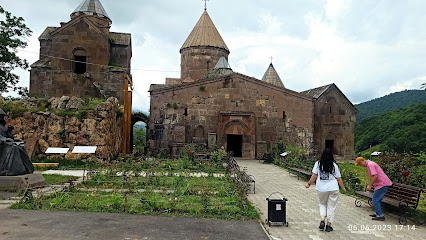
DABOO Cocktail Bar
Experience the vibrant nightlife at DABOO Cocktail Bar in Yerevan, where expertly crafted cocktails and a lively atmosphere await.

Liberty Pub
Discover Liberty Pub, a lively bar in Yerevan serving local and international drinks in a vibrant atmosphere perfect for nightlife enthusiasts.

Epicure
Discover Epicure, Yerevan's premier cocktail bar, featuring innovative drinks and a vibrant ambiance, perfect for an unforgettable night out.

Getap
Discover the authentic flavors of Armenia at Getap in Dilijan, a delightful restaurant nestled along the scenic Tbilisyan Highway.

Ecokayan
Discover tranquility and adventure at Ecokayan, the serene resort hotel in Dilijan, Armenia, featuring fishing ponds and swimming lakes amidst stunning landscapes.

Papanino House
Discover the exquisite flavors of Armenian cuisine at Papanino House in Dilijan, a perfect dining spot for every traveler.
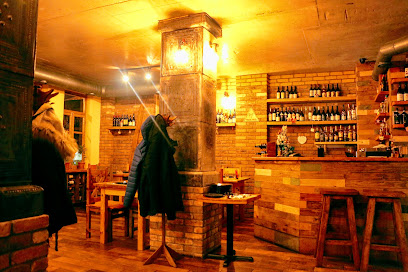
The Kond House
Experience the vibrant nightlife of Yerevan at The Kond House, a top bar offering unique drinks and delicious Armenian cuisine in a lively atmosphere.
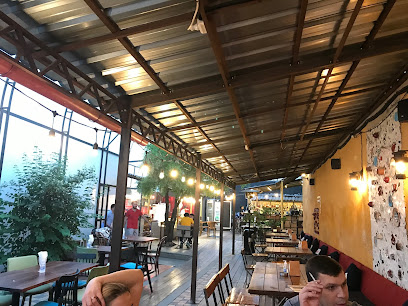
Haghartsin Hotel
Experience the serene charm of Haghartsin Hotel, where comfort meets exquisite Armenian cuisine amidst stunning landscapes.
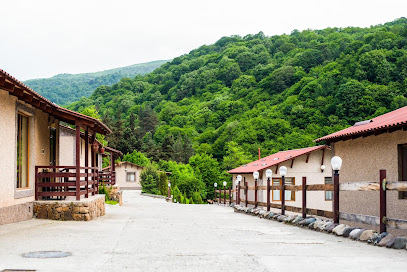
Stoyka pub
Discover the vibrant energy of Yerevan's nightlife at Stoyka Pub, where local culture meets a lively party atmosphere.
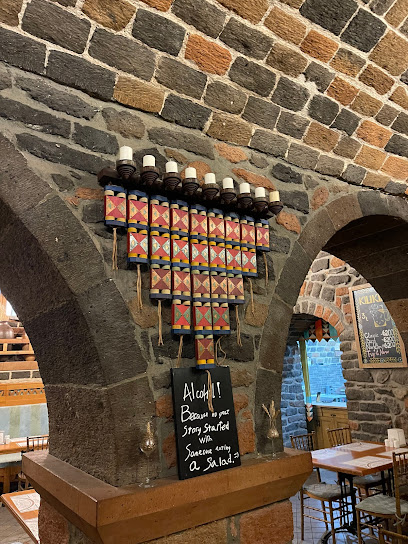
DiliJazz Hotel & Restaurant
Discover the tranquil beauty of Dilijan at DiliJazz Hotel & Restaurant, where exquisite dining meets comfortable accommodations.
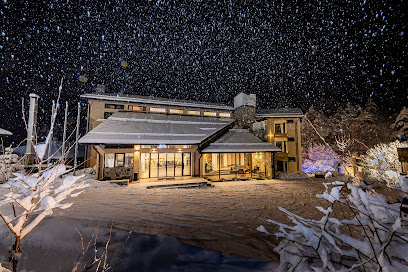
EVN Diner
Savor the taste of Yerevan at EVN Diner, where classic diner fare meets innovative cocktails in a vibrant setting.

Haghartsin Monastery Complex
Discover the stunning beauty and rich history of Haghartsin Monastery, a serene escape in the heart of Armenia's lush landscapes.
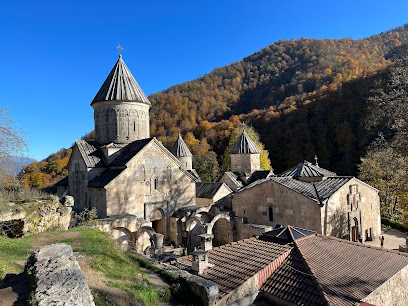
Tava Restaurant
Discover Tava Restaurant in Dilijan: A culinary journey through authentic Armenian flavors awaits you.
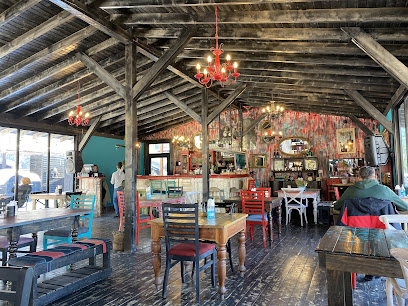
Local Phrases about Haghartsin Monastery
-
- HelloԲարև
[Barev] - GoodbyeՑտեսում եմ
[Tsdesum em] - YesԱյո
[Ayo] - NoՈչ
[Voç] - Please/You're welcomeԽնդրում եմ/Խնդրում էի
[Khndrum em/Khndrum ei] - Thank youՇնորհակալ եմ
[Shnorhakal em] - Excuse me/SorryՆերքո՜շ եմ
[Nerkhosh em] - How are you?Ինչպէ՞ս ես
[Inchpes es] - Fine. And you?Լավ եմ. Այստեղ կար
[Lav em. Aystegh kar] - Do you speak English?Ինչպէ՞ս ես խոսում անգլերեն
[Inchpes es khosum angleren] - I don't understandՉհասկանամ
[Ch'asganam]
- HelloԲարև
-
- I'd like to see the menu, pleaseԽնդրում եմ մենյունը տեսնել
[Khndrum em menyunə t'əsnel] - I don't eat meatԵս միս չուտում
[Es mis ch'utum] - Cheers!Կէս!
[Kes!] - I would like to pay, pleaseԽնդրում եմ վճարել
[Khndrum em vcharəl]
- I'd like to see the menu, pleaseԽնդրում եմ մենյունը տեսնել
-
- Help!Օգնեք!
[Ognek’!] - Go away!Միացրեք!
[Miats’req!] - Call the Police!Զանգահարեք ոստիկանը!
[Zangaharek’ hostikanə!] - Call a doctor!Զանգահարեք բժիշկը!
[Zangaharek’ bžiškə!] - I'm lostԲռնայր եմ
[Prnayr em] - I'm illԳանձապէս եմ
[Ganjapes em]
- Help!Օգնեք!
-
- I'd like to buy...Խնդրում եմ գնել...
[Khndrum em gnel...] - I'm just lookingՄիայն նայում եմ
[Miayn nayum em] - How much is it?Քանի է դրամը
[K'ani ē dramə] - That's too expensiveԴժվար է
[Dzvɑr ē] - Can you lower the price?Արթացնել կարիք ունե՞ս
[Art'ats'nel karik unes]
- I'd like to buy...Խնդրում եմ գնել...
-
- What time is it?Որտեղ է ժամը
[Vortegh ē žamə] - It's one o'clockԵրկուսն է
[Yerkusn ē] - Half past (10)Օրակայական
[Orakayakan] - MorningԱռավոտ
[Aravot] - AfternoonԿեսգիր
[Kesgir] - EveningԵրեկ
[Erek] - YesterdayԵրեքշաբթի
[Erekshabti] - TodayԱյսօր
[Aysor] - TomorrowՎաղը
[Vagə] - 1Ամենամեկ
[Amenamek] - 2Երկու
[Yerku] - 3Երեք
[Yerek’] - 4Չորս
[Ch’ors] - 5Հինգ
[Hing] - 6Վեց
[Vegh] - 7Յոթ
[Yot’] - 8Յոթանա
[Yot’anə] - 9Ինը
[Inə] - 10Տաս
[Tas]
- What time is it?Որտեղ է ժամը
-
- Where's a/the...?Որտեղ է ...-ը
[Vortegh ē ...-ə] - What's the address?Ինչ է հասցեն
[Inch ē hascen] - Can you show me (on the map)?Կարող ե՞ք ցուցադրել
[Karogh eq’ ts’uts’adrel] - When's the next (bus)?Որտեղ է հաջողական
[Vortegh ē hajoghakan] - A ticket (to ....)Աղցան (ին ...)
[Ałts’an (in ...)]
- Where's a/the...?Որտեղ է ...-ը
History of Haghartsin Monastery
-
Haghartsin Monastery, nestled in the lush forests of the Tavush Province, is believed to have been founded in the 10th century. The name 'Haghartsin' is derived from the Armenian words 'hagh' (game) and 'artsiv' (eagle), symbolizing the monastery's soaring spiritual aspirations and its harmonious coexistence with nature. The monastery complex was established by the Bagratuni dynasty and initially served as a modest hermitage for monks seeking solace and spiritual enlightenment.
-
The 12th and 13th centuries marked a period of significant growth and development for Haghartsin Monastery. During this time, the monastery was patronized by the Armenian King Smbat II and later by the Zakarian princes, who were instrumental in the construction of its major edifices. The main church, dedicated to St. Astvatsatsin (Holy Mother of God), was completed in 1281 and is a fine example of Armenian medieval architecture, featuring intricate stone carvings and a majestic dome.
-
Haghartsin Monastery is renowned for its architectural splendor, comprising several churches, chapels, and a refectory. The Church of St. Gregory the Illuminator, built in 1244, showcases the exquisite craftsmanship of Armenian stonemasons with its ornate facades and detailed khachkars (cross-stones). The refectory, constructed in the early 13th century, is particularly notable for its unique vaulted ceilings and spacious interior, reflecting the monastic community's emphasis on communal living and hospitality.
-
Throughout its history, Haghartsin Monastery has been a vital center of Armenian culture and spirituality. It served as a scriptorium where monks meticulously copied and illuminated manuscripts, preserving the rich literary and ecclesiastical heritage of Armenia. The monastery also played a crucial role in the education and training of clergy, fostering a vibrant intellectual environment that contributed to the broader cultural renaissance of medieval Armenia.
-
The decline of the Armenian Kingdom of Cilicia in the late medieval period led to a gradual decrease in the monastery's prominence. However, Haghartsin remained a significant pilgrimage site and continued to attract visitors seeking spiritual solace. In the late 20th and early 21st centuries, extensive restoration efforts were undertaken to preserve and revitalize the monastery. These efforts, supported by both the Armenian government and the Armenian diaspora, have ensured that Haghartsin remains a living testament to Armenia's rich cultural and religious heritage.
-
Today, Haghartsin Monastery stands as a beacon of Armenian heritage and spirituality. It attracts numerous tourists, pilgrims, and scholars who come to admire its architectural beauty, explore its historical significance, and experience its serene atmosphere. The monastery is also an active religious site, hosting regular services and ceremonies that continue to foster a deep sense of community and faith among its visitors.
Haghartsin Monastery Essentials
-
Haghartsin Monastery is located in the Tavush Province of Armenia, near the town of Dilijan. The nearest international airport is Zvartnots International Airport in Yerevan, approximately 110 kilometers away. From Yerevan, you can take a taxi or a minibus (marshrutka) to Dilijan, which typically takes around 1.5 to 2 hours by road. From Dilijan, Haghartsin Monastery is about a 20-minute drive away. Alternatively, you can hire a private car or join a guided tour that includes transportation.
-
Dilijan is a small town where many attractions are within walking distance. For trips to Haghartsin Monastery, local taxis are readily available. Public minibuses (marshrutkas) operate within Dilijan and can take you to nearby destinations. Renting a car can also be a convenient option for exploring the region at your own pace. Guided tours are another popular option, often providing comprehensive packages that include transportation.
-
The official currency in Armenia is the Armenian Dram (AMD). Credit cards are accepted in some hotels, restaurants, and shops in Dilijan, but it is advisable to carry cash, especially when visiting rural areas like Haghartsin Monastery. ATMs are available in Dilijan, but it is wise to withdraw sufficient cash in Yerevan before traveling to ensure you have enough funds for your trip.
-
Dilijan and the surrounding areas, including Haghartsin Monastery, are generally safe for tourists. However, as with any travel destination, standard precautions should be taken. Avoid walking alone at night in unfamiliar areas and keep an eye on your belongings in crowded places. There are no specific high-crime areas targeting tourists, but it is always best to stay vigilant and aware of your surroundings.
-
In case of an emergency, dial 911 for immediate assistance. The local police station and medical facilities are available in Dilijan. It is recommended to have travel insurance that covers medical emergencies. For minor health issues, there are pharmacies in Dilijan where you can purchase over-the-counter medications.
-
Fashion: Do dress modestly, especially when visiting religious sites like Haghartsin Monastery. Avoid wearing revealing clothing. Religion: Do respect local customs and traditions. Always cover your head when entering churches and monasteries. Public Transport: Do be respectful and give up your seat to elderly passengers. Don’t eat or drink on public transport. Greetings: Do greet people with a handshake. A slight bow of the head is also a sign of respect. Eating & Drinking: Do try local delicacies and accept food offerings graciously. Don’t refuse hospitality, as it is considered impolite.
-
To experience Haghartsin Monastery like a local, consider visiting during off-peak hours to avoid the crowds and enjoy a more serene atmosphere. Engage with the local guides or monks, who are often willing to share fascinating stories about the monastery's history and significance. Don’t miss the opportunity to explore the surrounding forest trails that offer stunning views of the region. For a unique experience, participate in a local religious service if available, which can provide deeper insights into the cultural and spiritual life of the area.
Trending Landmarks in Haghartsin Monastery
-
Geghard Monastery
-
Sevanavank
-
Haghpat Monastery Complex
-
Dilijan National Park
-
Saghmosavank
-
Goshavank Monastery
-
Kecharis Monastery
-
Mimino Statue
-
Sanahin Monastery Complex
-
St. Astvatsatsin Kathoghike Church
-
Parz Lich
-
Akhtala Monastery Fortress
-
Makaravank Monastery Complex
-
Harichavank
-
Matosavank Monastery
Nearby Cities to Haghartsin Monastery
-
Things To Do in Vanadzor
-
Things To Do in Tsaghkadzor
-
Things To Do in Haghpat
-
Things To Do in Alaverdi
-
Things To Do in Aparan
-
Things To Do in Yerevan
-
Things To Do in Gyumri
-
Things To Do in Tbilisi
-
Things To Do in Mtskheta
-
Things To Do in Signagi
-
Things To Do in Sighnaghi
-
Things To Do in Ganja
-
Things To Do in Jermuk
-
Things To Do in Vayk
-
Things To Do in Telavi








